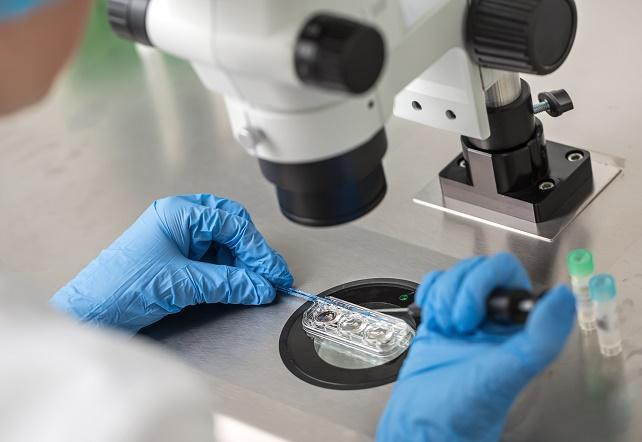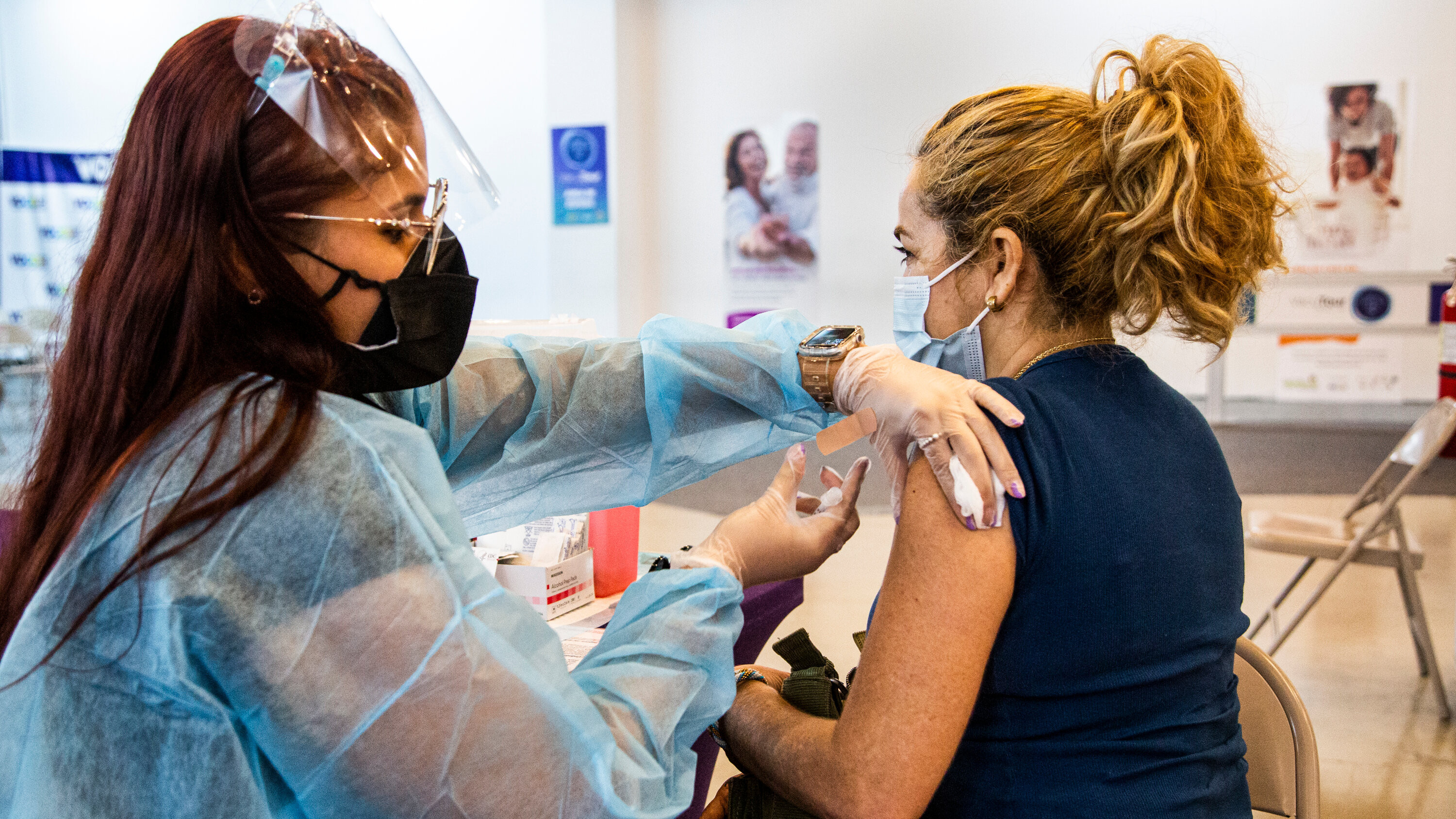A Growing Demand for Assisted Reproductive Technologies
The global assisted reproductive technology (ART) market is experiencing a period of rapid growth, driven by a confluence of factors including rising infertility rates, aging populations, and advancements in technology. The market is expected to reach a staggering $100 billion by 2030, highlighting the significant impact of ART on addressing fertility challenges worldwide.
Rising Infertility Rates and Aging Populations: Key Drivers of Market Growth
The increasing prevalence of infertility, a condition affecting approximately 1 in 6 couples globally, is a primary driver of the ART market's expansion. This surge in infertility rates can be attributed to a range of factors, including lifestyle choices, environmental factors, and delayed childbearing. The aging of the global population, with a growing number of women delaying childbirth, also contributes to the rise in demand for ART services.
Advancements in Technology Fueling Innovation and Access
Technological advancements have played a pivotal role in the evolution of ART, paving the way for more sophisticated, effective, and accessible treatments. The development of techniques like in vitro fertilization (IVF) and preimplantation genetic testing (PGT) has significantly enhanced the success rates of ART procedures. Furthermore, the emergence of minimally invasive procedures and personalized medicine approaches has improved patient outcomes and reduced the overall costs associated with ART treatments.
Key Players Shaping the ART Landscape
The ART market is characterized by a diverse range of players, including pharmaceutical companies, medical device manufacturers, clinics, and research institutions. These entities are actively involved in developing and commercializing innovative technologies, expanding access to ART services, and contributing to the overall growth of the industry.
Pharmaceutical Companies: Developing Cutting-Edge Medications and Therapies
Pharmaceutical companies are actively involved in developing and commercializing medications and therapies that improve fertility outcomes. For example, companies are researching and developing medications that address hormonal imbalances, improve egg quality, and enhance the success rates of IVF procedures. These advancements contribute significantly to the progress of ART and offer hope to individuals struggling with infertility.
Medical Device Manufacturers: Innovating with Advanced Equipment and Technology
Medical device manufacturers play a crucial role in the ART market by developing and providing advanced equipment and technologies used in fertility clinics. These include devices for sperm and egg retrieval, embryo culture, and genetic testing. The ongoing innovations in medical device technology are driving advancements in ART procedures, enabling more precise and effective treatments.
Fertility Clinics: Providing Comprehensive Care and Support to Patients
Fertility clinics provide comprehensive care and support to individuals seeking ART treatment. These clinics offer a range of services, including diagnostic testing, counseling, and treatment options. The increasing demand for ART has led to a growth in the number of fertility clinics worldwide, expanding access to these vital services for individuals facing fertility challenges.
Emerging Trends Shaping the Future of ART
The ART market is undergoing a dynamic evolution, driven by a number of emerging trends that are shaping the future of fertility treatment. These trends include the integration of artificial intelligence (AI) and machine learning (ML), personalized medicine approaches, and the increasing availability of at-home fertility testing.
AI and ML: Revolutionizing Diagnosis, Treatment, and Prediction
The application of AI and ML in the ART field holds immense promise. AI-powered tools can analyze vast amounts of data to identify patterns and predict outcomes, improving the accuracy of diagnosis, treatment planning, and the overall success rates of ART procedures. Machine learning algorithms can also personalize treatment approaches based on individual patient characteristics, leading to more tailored and effective care. The integration of AI and ML is revolutionizing the ART landscape, enhancing efficiency, precision, and personalized care for patients.
Personalized Medicine: Tailoring Treatment to Individual Needs
Personalized medicine approaches are gaining traction in the ART market, enabling practitioners to tailor treatments to the specific needs of each patient. This approach involves analyzing genetic factors, lifestyle choices, and other individual characteristics to develop customized treatment plans. Personalized medicine has the potential to significantly improve the success rates of ART procedures, reduce the risk of complications, and enhance overall patient satisfaction.
At-Home Fertility Testing: Increasing Accessibility and Convenience
The availability of at-home fertility testing kits is increasing access to fertility assessments and empowering individuals to take control of their reproductive health. These kits provide a convenient and affordable way for individuals to monitor their fertility, identify potential issues, and seek medical advice if necessary. While these tests are not a substitute for professional medical evaluation, they offer an important first step in addressing fertility concerns.
Challenges Facing the ART Market
Despite the significant growth and advancements in ART, the market faces a number of challenges, including high costs, regulatory hurdles, and ethical considerations. These challenges require careful consideration and innovative solutions to ensure the continued progress and accessibility of ART services.
High Costs: A Barrier to Access for Many
The high costs associated with ART treatments represent a significant barrier for many individuals seeking fertility care. The cost of IVF procedures, for example, can range from several thousand to tens of thousands of dollars, depending on the location and the specific treatment plan. The financial burden of ART can limit access to these essential services, particularly for individuals with lower incomes.
Regulatory Hurdles: Navigating Complex Regulations and Guidelines
The ART industry is subject to a complex web of regulations and guidelines, which can vary significantly from country to country. These regulations address a range of issues, including the use of donor gametes, preimplantation genetic testing, and the ethical considerations surrounding ART. Navigating these regulations can be challenging for both practitioners and patients, requiring significant effort and resources to ensure compliance.
Ethical Considerations: Balancing Scientific Advancements with Moral Values
The rapid advancements in ART raise a number of ethical considerations. Issues such as the use of genetic testing to select embryos with desirable traits, the potential for designer babies, and the risks associated with new technologies require careful scrutiny and open discussions to ensure responsible and ethical use of ART.
The Future of ART: A Bright Outlook with Continued Growth and Innovation
Despite the challenges, the future of ART is bright, fueled by continued growth, technological advancements, and a commitment to providing accessible and effective fertility care. The industry is expected to continue expanding, driven by rising infertility rates, aging populations, and advancements in technology. As the market evolves, we can expect to see greater innovation, improved accessibility, and a deeper understanding of the complex factors influencing fertility and reproductive health.
The Journey Towards Parenthood: Embracing the Possibilities of ART
For individuals facing fertility challenges, ART offers a ray of hope and the possibility of realizing their dreams of parenthood. The advancements in ART, combined with the dedication of practitioners and researchers, are creating new opportunities to overcome infertility and build families. The journey towards parenthood can be complex and challenging, but ART provides a valuable pathway for individuals to embrace the possibilities and create a future filled with the joy of family.


















